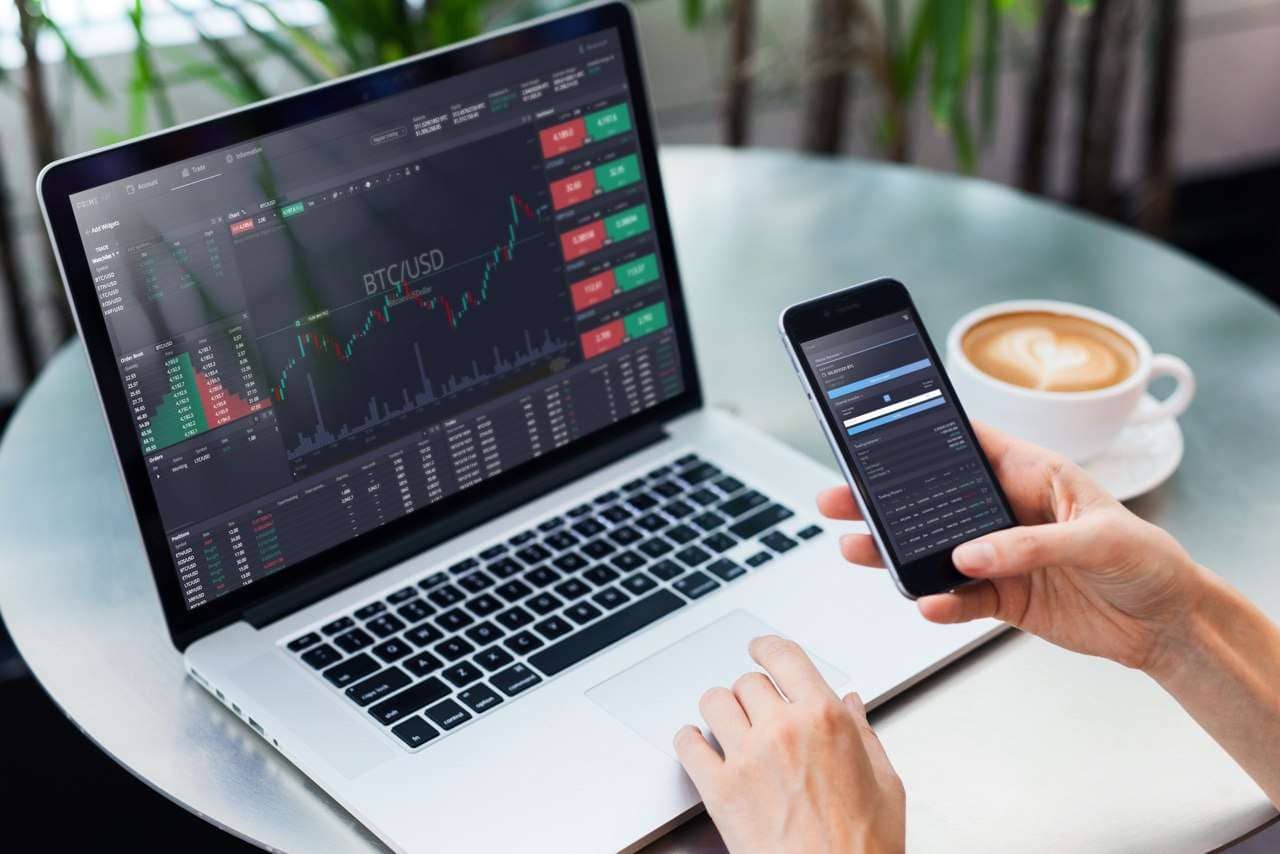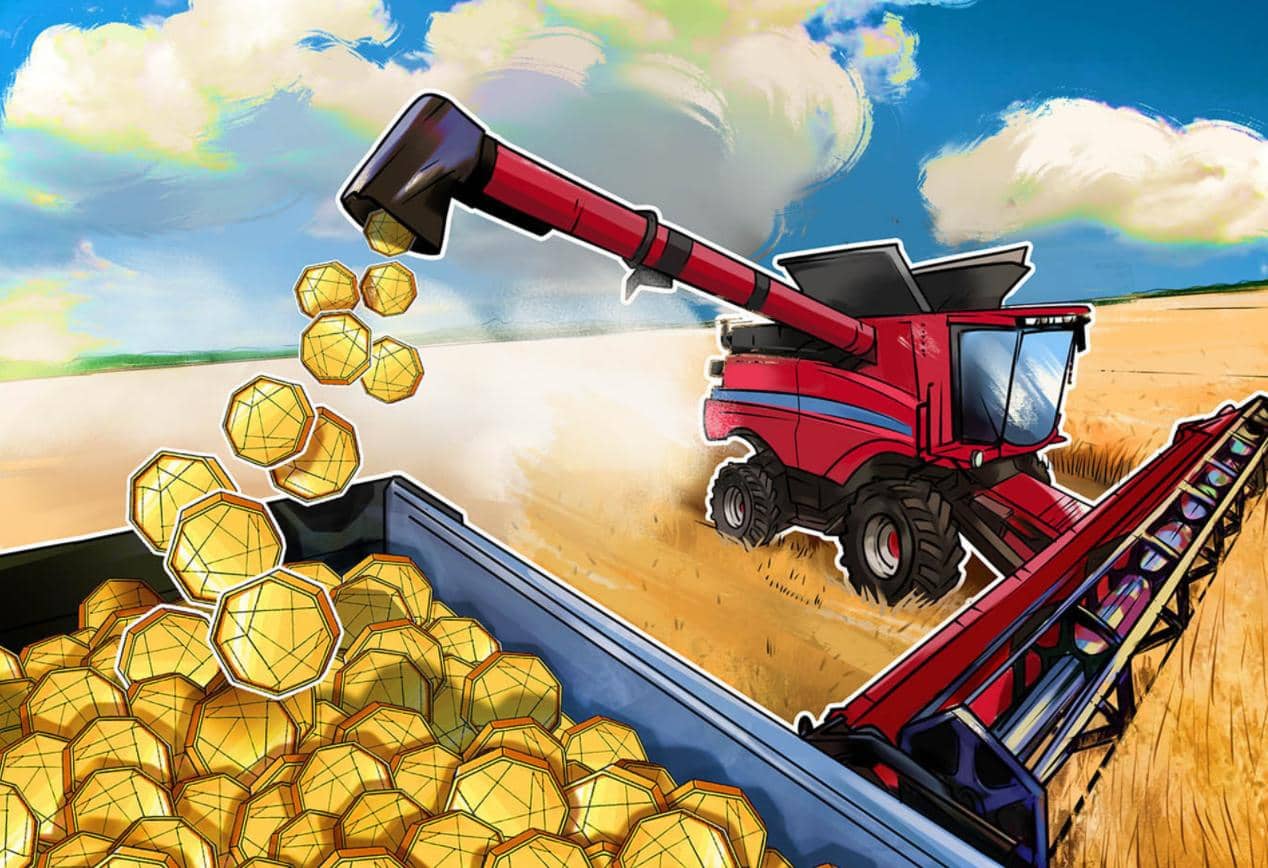Content
Perform what-if exercises to help train staff and get ready for unforeseen occurrences. The impact of price volatility varies among consumers based on their overall service needs and purchasing practices. A stop loss is a limit order in which a trade is closed when a specified price is reached and is used to protect against further losses. It’s important to note how volatile a currency pair is before opening a trade. When a currency’s price fluctuates wildly up and down, it is said to have high volatility. Find the approximate amount of currency units to buy or sell so you can control your maximum risk per position.

Volatility is the frequent price fluctuations experienced by underlying security in a financial market. It is otherwise the rate at which the price rapidly increases or decreases. When the prices hit new highs and lows in a short period, the asset is said to have high volatility and is, therefore, riskier to trade. Volatility is a statistical measure of the dispersion of data around its mean over a certain period of time.
Articles Related to volatility
The Cboe Volatility Index, or VIX, is an index created by Cboe Global Markets, which shows the market’s expectation of 30-day volatility. Conversely, a stock with a beta of .9 has historically moved 90% for every 100% https://xcritical.com/ move in the underlying index. In such markets, it may be worth it to pay closer attention than usual and change tactics accordingly. All the periods with negative deviations will be eliminated by squaring them.

Volatility is measured by the day-to-day percentage difference in the price of the commodity. The degree of variation, not the level of prices, defines a volatile market. Since price is a function of supply and demand, it follows that volatility is a result of the underlying supply and demand characteristics of the market.
Get Schwab’s view on market volatility.
Volatility is the oscillation of prices between high and low values from an asset’s average market performance. Since there is no uniformity in price range, it represents risky behavior. It is safe in terms of risk, whereas a high volatile value indicates higher chances of negative results and, therefore, low safety scores.
Characteristics and Risks of Standardized Options before engaging in any options trading strategies. Options transactions are often complex and may involve the potential of losing the entire investment in a relatively short period of time. Certain complex options strategies carry additional risk, including the potential for losses that may exceed the original investment amount. If you’ve ever wondered why stock prices move up one day and down the next, you’re not alone.
Which came first: implied volatility or the egg?
Realised volatility, also known as historical volatility, is a way of statistically measuring how the returns from a particular asset or market index are dispersed when analysed over a given timeframe. Normally, historical volatility is measured by establishing the average deviation of a financial instrument from its average price over a given period of time. Standard deviation tends to be the most common measure of realised volatility, though there are other methods used to calculate this metric. Risky security is one that has a high historical volatility value though, in certain types of trades, it is not necessarily a negative factor since both bullish and bearish conditions could be risky. In relation to these two metrics, historical volatility serves as a baseline measure, with implied volatility (forward-looking) defining the relative values of asset prices.
- Investors must have the internal fortitude and long-term conviction to hold these assets during periods of high volatility.
- If the value rises consistently, there is a cause of concern as it usually denotes that changes are waiting to happen with the asset.
- This is done by adding the prices together ($1, $2….to $10) and then dividing it by 10 .
- Volatility profiles based on trailing-three-year calculations of the standard deviation of service investment returns.
- It can lead to a string of actions that result in unfavorable outcomes.
- Unless you’re a real statistics geek, you probably wouldn’t notice the difference.
This index serves as a measure of how much traders are willing to invest in buying or selling of the S&P 500 index options. The VIX is often referred to as the fear index or the fear gauge. The biggest and most popular VIX-related investments are the iPath S&P 500 VIX Short-Term Futures ETN which has long positions in futures contracts. Low readings from the ATR indicate crypto volatility a ranging market with low volatility whereas a larger ATR indicates increased volatility. Bollinger Bands, created by John Bollinger, are also a helpful indicator to track volatility in the markets and that can be applied to any commodities or stock chart. It consists of 2 bands or lines which are 2 standard deviations above and below the 20-day moving average.
Can you solve 4 words at once?
Because market volatility can cause sharp changes in investment values, it’s possible your asset allocation may drift from your desired divisions after periods of intense changes in either direction. Market volatility is measured by finding the standard deviation of price changes over a period of time. The statistical concept of a standard deviation allows you to see how much something differs from an average value. As an indicator of uncertainty, volatility can be triggered by all manner of events. An impending court decision, a news release from a company, an election, a weather system, or even a tweet can all usher in a period of market volatility.
This is divided by 10 because we have 10 numbers in our data set. Traders crave price movement because of the potential opportunity to make bigger profits. But there’s always a risk prices will move more quickly than they’re used to.
Is volatility the same as risk?
Unless you’re a real statistics geek, you probably wouldn’t notice the difference. But as a result, the examples in this section aren’t 100% accurate, so it’s necessary to point it out. Continuous performance management, in a human resource management context, is the supervision of an employee’s performance … VUCA was originally developed for confusing battlefield conditions, so it is especially applicable to cybersecurity scenarios. Build in metrics and establish baselines to be able to quickly detect deviations, and perform war gaming and red team tests to find vulnerable spots.
Vocabulary lists containing volatility
By using VUCA, people can identify potential surprises and outcomes. From there, they can make mitigation and response strategies to prepare for the potential for rapid change in VUCA situations. They can go from “unknown unknowns” to “known unknowns” and be sufficiently prepared. Leaders may also apply the OODA loop of observe, orient, decide and act for good decision-making. Ambiguity is shaped by a lack of clarity and difficulty understanding exactly what the situation is. The goal or intended outcome may not be evident to all parties involved.


